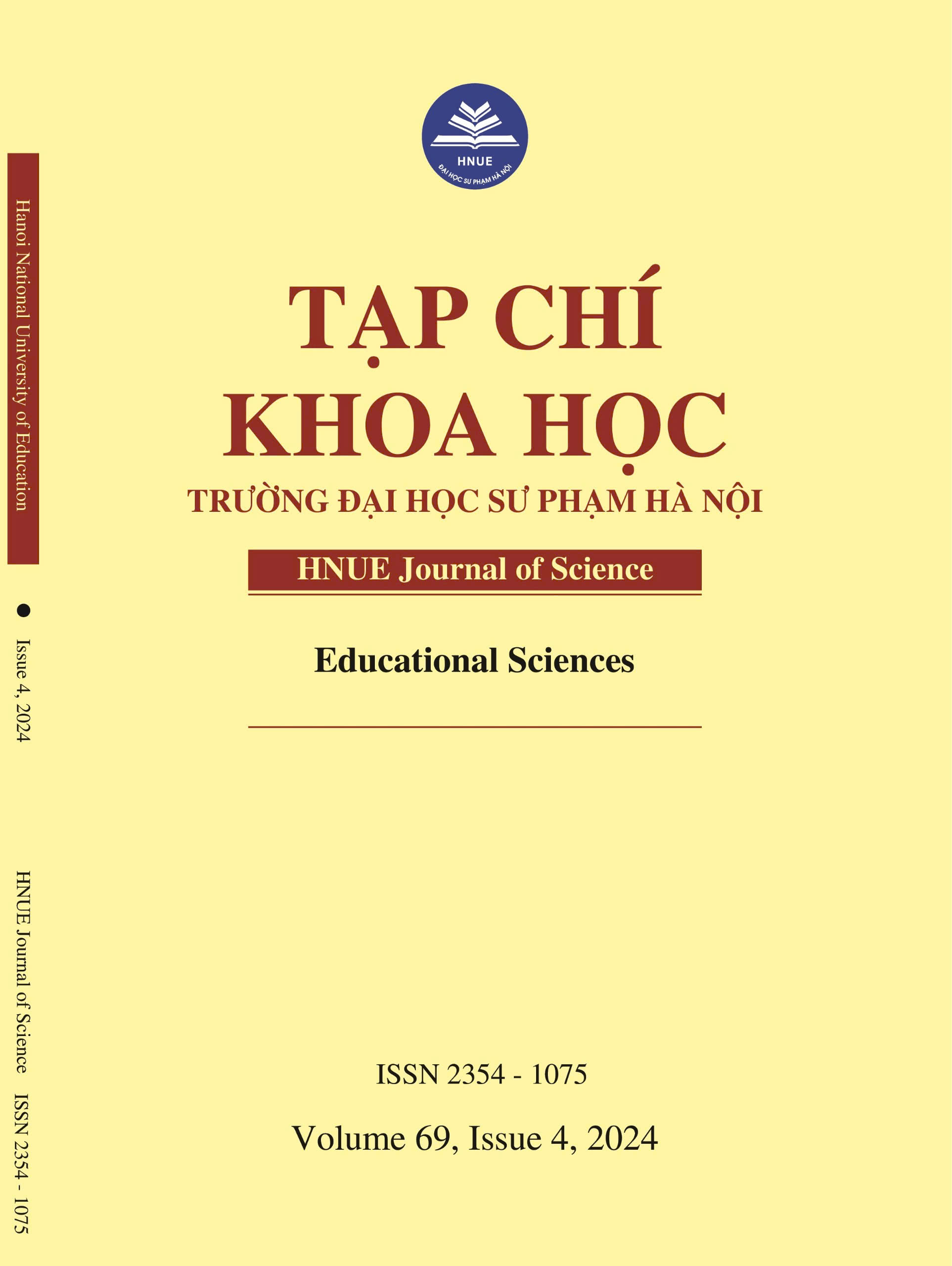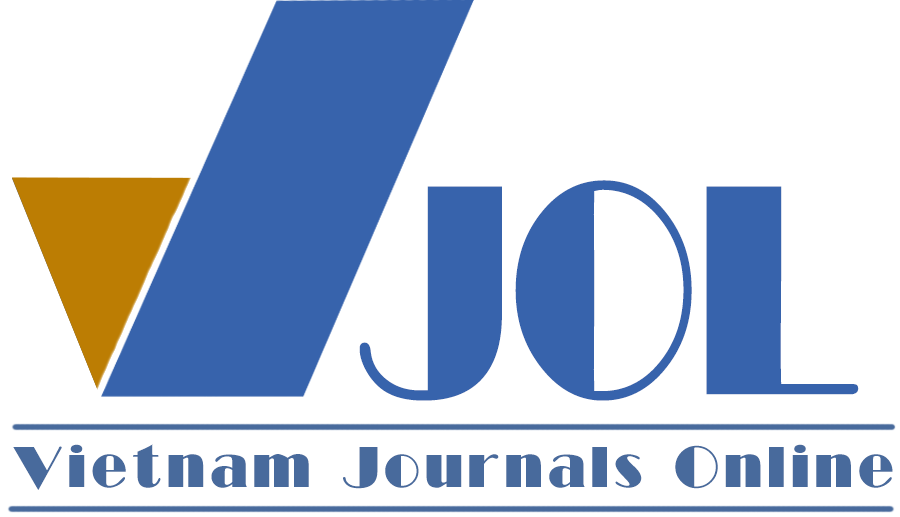EMBEDDED ADJECTIVES IN CHINESE AND VIETNAMESE QUANTITATIVE NOUN STRUCTURES FROM A COGNITIVE PERSPECTIVE
DOI:
https://doi.org/10.18173/2354-1075.2024-0064Keywords:
image schema, distance-iconicity, Chinese, Vietnamese, embedded adjectivesAbstract
From a cognitive perspective, this paper provides an in-depth analysis of the embedded adjectives in the structure of Chinese and Vietnamese quantitative nouns. It employs the theory of distance iconicity and image schema to reveal the cognitive strategies of these languages. The conceptual components within the structure of numeral classifiers are close, and thus they should also be close in language form. Conversely, the conceptual components in the structure of collective classifiers and container classifiers are distant from each other, and therefore, they can be separated in language form. Additionally, when the image is perceived as a whole, the cognitive strategy of summary scanning is adopted. When the image can be decomposed into processes, the cognitive approach of sequential scanning is adopted. There are many syntactic differences between Chinese and Vietnamese in such structures, but certain cognitive rules can still be identified. In the future, we will strive to provide more comprehensive summaries and natural explanations of the language structures of Chinese and Vietnamese, particularly the syntactic structures.
Downloads
References
[1] Croft W & Cruse DA, (2004). Cognitive Linguistics. Cambridge University Press.
[2] Zhu DX, (1982). Yufa Jiangyi [Lectures on grammar]. Beijing: Commercial Press, (in Chinese).
[3] Liu YH, (1983). Shiyong xiandai Hanyu yufa [Practical modern Chinese grammar]. Beijing: Commercial Press, (in Chinese).
[4] Lu JM, (1987). Shuliangci zhongjian charu xingrongci qingkuang kaocha [Investigation on embedded adjectives in the middle of quantitative words]. Language teaching and research, (in Chinese).
[5] Ruan SYH, (2007). HanYue geti liangci yuyi yufa tezheng bijiao yanjiu [A comparative study on the semantic and grammatical features of Chinese and Vietnamese individual classifiers]. Master’s thesis, Guangxi Normal University, (in Chinese).
[6] Ruan CM, (2006). Xiandai Hanyu he Yuenanyu shuliang duanyu bijiao yanjiu [A comparative study of quantitative phrases in modern Chinese and Vietnamese]. Master’s thesis, Central China Normal University, (in Chinese).
[7] Lakoff G, (1987). Women, fire, and dangerous things: What categories reveal about the mind. Chicago: University of Chicago Press, 282-283.
[8] Haiman J, (1983). Iconic and economic motivation. Language, 59. 781–819.
[9] Haiman J, (1985). Iconicity in syntax. TSL vol. 6. Amsterdam: John Benjamins.
[10] Givón T, (1985). Iconicity, isomorphism and non-arbitrary coding in syntax. In J. Haiman (ed.), Iconicity in syntax, 187–220. Amsterdam: John Benjamins.
[11] Behaghel O, (1932). Deutsche Syntax: Eine Geschichtliche Darstellung, vo.IV. Heidelberg: Carl Winters Universitatsbuchhandlung.
[12] Jespersen O, (1949). A modern English grammar on historical principles, Part 7. Copenhagen: E. Mungsgaard.
[13] Bui MT, (2007). Vietnamese grammar textbook. National university of education Publishing House, (in Vietnamese).
[14] Hoang P, (1995). Vietnamese dictionary. Da Nang Publishing House, Center for Dictionaries, (in Vietnamese).
[15] Luo YL, (1998). Guanyu shuliangci zhongjian charu xingrongci qingkuang de buchong kaocha [A supplementary investigation on embedded adjectives in the middle of quantitative words]. Hanyu xuexi, (in Chinese).
[16] Nguyen HT, (2004). The structure of the Vietnamese Noun Phrase. Boston: Boston University dissertation.
[17] Xiandai Hanyu cidian [Modern Chinese dictionary], 5th edition, (2005). Beijing: Commercial Press, (in Chinese).
[18] Zhao YF, (2007). Renzhi Guyanese gailun [Introduction to cognitive linguistics]. Shanghai Foreign Language Education Press, (in Chinese).
[19] Zong SY, (2008). “Shu+xing+liang” geshi zhong liangci he xingrongci de yuyi xuanze [The semantic choice of classifiers and adjectives in the type of “Number+Adjective+Classifiers”]. Journal of Guangxi Normal University (Philosophy and Social Science Edition) 5, (in Chinese).







